International
North Korea seeks to break into the US presidential elections with its uranium centrifuges
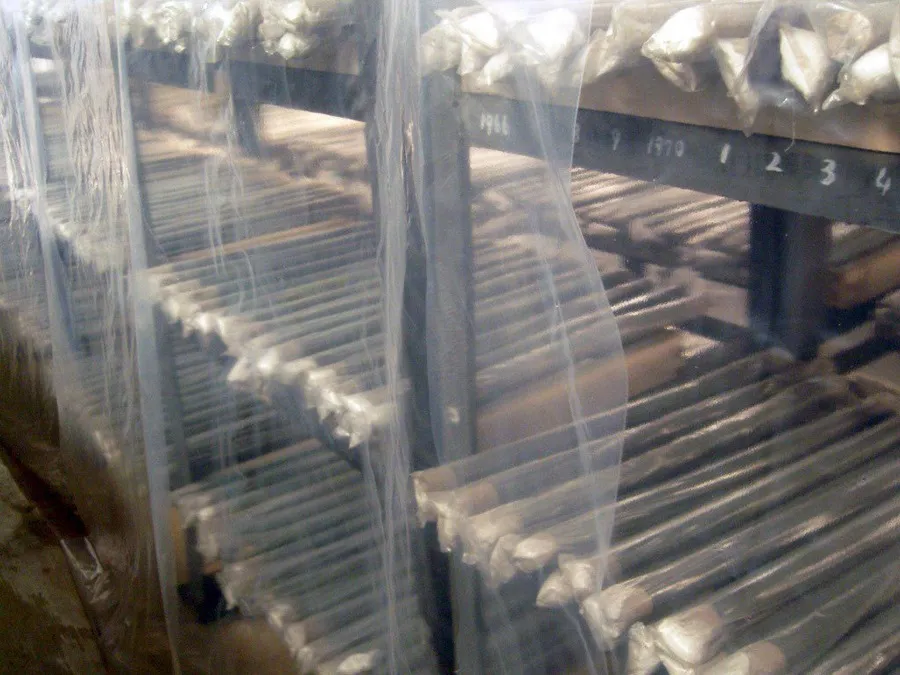
By showing for the first time its facilities to manufacture fuel for nuclear bombs this Friday, North Korea is positioned to acquire prominence in the campaign for the presidential elections in the United States while the fear increases that it will soon carry out a large-scale weapons test.
It is a forceful gesture on the part of the regime of Kim Jong-un, which these days visited a plant full of cascades of uranium centrifuges – apparently more advanced than initially estimated by the experts – and ordered to increase the number of these devices “to exponentially increase the number of nuclear weapons.”
These are some keys to try to decipher this calculated message that Pyongyang – which since 2019 has refused to resume the dialogue on disarmament – has decided to issue with just over seven weeks to go for the Americans to elect a new president.
A gloomy uranium enrichment program
Few details are known about how, where and how much uranium is capable of enriching North Korea, as well as the level of concentration of isotopes of the resulting material (the higher the concentration of uranium-235, the more fligible the fuel of the pump).
Until now, North Korea had only shown in 2010 some facilities at the Yongbyon Nuclear Research Center (about 100 kilometers north of Pyongyang) to the American scientist Siegfried Hecker, who estimated that the place housed about 2,000 gas centrifuges – a more outdated model than the one shown on Friday – to produce low-enrichment uranium.
Intelligence services and analysts assume that the regime has at least another processing center in Kangson, on the outskirts of the North Korean capital.
It is this Kangson enclosure that is believed to have been shown by the North Korean media (which do not mention the location of the plant), since they claim that Kim Jong-un visited the surface under construction for new centrifuges, something that agrees with a recent report from the International Atomic Energy Agency (IAEA) that warns that an annex is being built in this complex located southwest of Pyongyang.
The chosen moment
The vast majority of experts believe that North Korea has chosen to show its centrifuges a few weeks before the US elections to regain prominence at a time when its weapons programs did not come to light even once in this week’s debate between candidates Donald Trump and Kamala Harris, as they did not do in June between Trump and Joe Biden.
Although North Korea is not an issue that currently conditions the vote of the Americans, the message that Pyongyang has sent today is that it will be an issue that will require attention from those who inherit the presidency from Biden.
“For Trump the message is ‘after the fiasco of (the summit of) Hanoi our atomic program goes ahead. If you want to stop it, you will have to sit down and negotiate.’ And for Harris it’s a bit the same; ‘Biden’s policy has failed, you’ll see if you want to sit down and negotiate,’” Ramón Pacheco Pardo, director of the chair on politics on the Korean peninsula at the Free University of Brussels, explains to EFE.
Pacheco Pardo is one of those who believe that Pyongyang is willing to resume dialogue to lower sanctions or achieve a security agreement, but in terms different from those of 2019 in Hanoi, since today’s announcement endorses what Pyongyang has been saying in recent years: that there is no longer any possibility of him abandoning nuclear weapons.
What to expect in the coming weeks
Seoul and Washington and different experts have warned in recent weeks about the possibility of Pyongyang choosing to carry out just – before or after the presidential elections in the US – important weapons of mass destruction tests to get the attention of the new tenant of the White House.
It could be the launch of an intercontinental ballistic missile (ICBM), possibly equipped with a multiple and independent re-entry vehicle (like the one tested in June), to show once again that North Korea can theoretically reach the US. This possibility charges integers after Pyongyang showed a new and impressive 12-axle mobile erector shuttle (TEL) last week.
A nuclear test now seems a little more unlikely, not only because it is something that can always anger China and Russia (which support the lifting of sanctions on Pyongyang), but because the damage caused by the monsoon in the accesses to the remote test center of Punggye-ri (northeast of the country) and recently detected by the satellites will require important repairs in the coming weeks.
International
Meta Says Russia Seeks to Ban WhatsApp for Defending Secure Communication

U.S. tech giant Meta, the parent company of WhatsApp, said that Russia is seeking to ban the messaging app because it “challenges government attempts to violate people’s right to secure communication.”
Russian authorities have encouraged citizens to switch to state-backed applications, and in August they already blocked WhatsApp’s calling feature.
On Friday, the communications regulator Roskomnadzor claimed that the platform was being used to “organize and carry out terrorist acts in the country, recruit perpetrators, and facilitate fraud and other crimes.”
“If the messaging service does not comply with Russian law, it will be completely blocked,” the regulator warned.
WhatsApp remains one of Russia’s most widely used messaging services, alongside Telegram.
Moscow is pressuring both platforms to grant authorities access to user data upon request for investigations into fraud and activities the government labels as “terrorist.”
Human rights advocates fear the demand could be used to target critics of the Kremlin, President Vladimir Putin, or the war in Ukraine.
International
Archbishop Wenski criticizes Trump’s deportation policies, calls for stronger push for reform
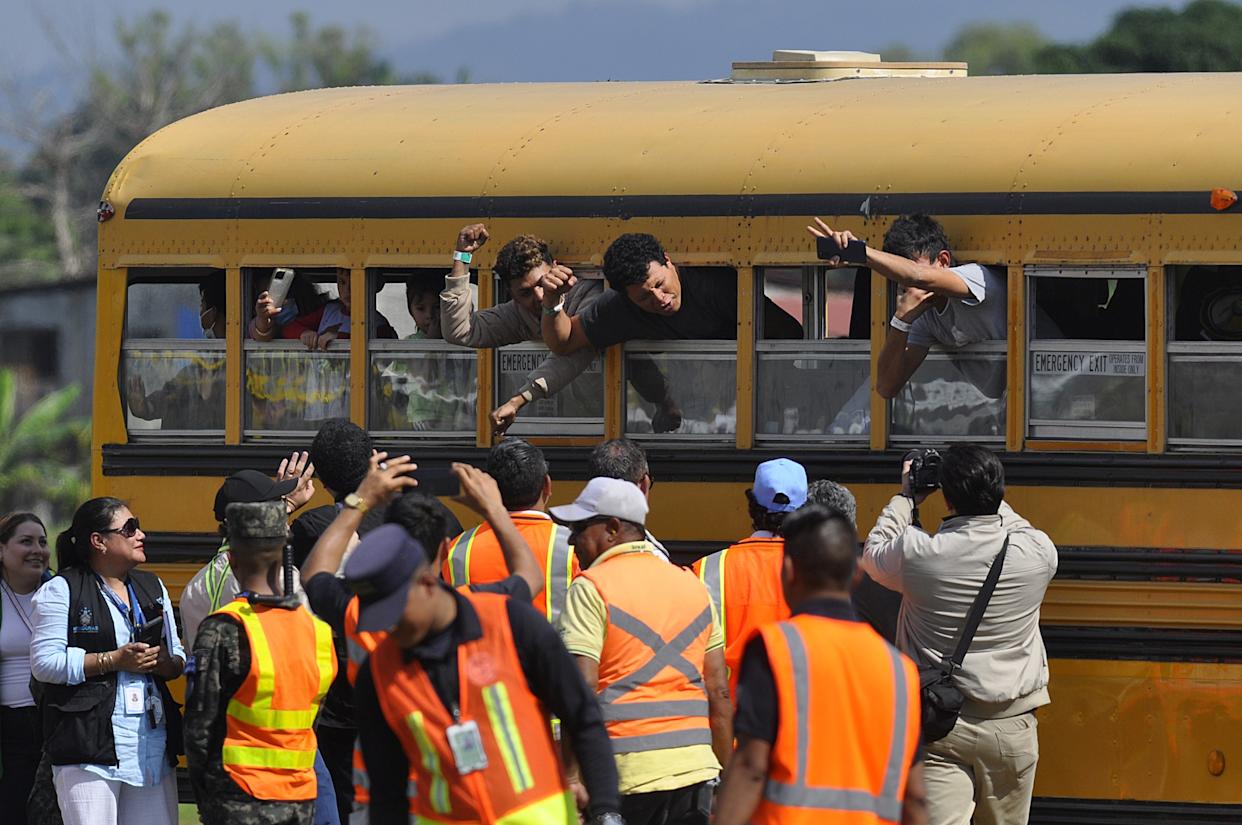
The Archbishop of Miami, Thomas Wenski, has called for increased pressure on the U.S. Congress to advance comprehensive immigration reform and criticized President Donald Trump’s mass deportation policies, arguing that they “do nothing to help.”
“We need to apply more pressure on Congress so lawmakers can make the necessary changes. It is also important for the Administration to listen to our voice. We do not want to be anyone’s enemy—we are Americans,” Wenski said in an interview with EFE.
The religious leader, who heads one of the dioceses with the largest Latino and Haitian populations in the United States, issued a call to defend the rights of migrants. He also emphasized that the U.S. Conference of Catholic Bishops (USCCB) has maintained a strong and public stance in favor of migrants for decades.
International
Trump relaunches diplomatic push to finalize U.S.-Backed peace plan for Ukraine War

U.S. President Donald Trump announced on Tuesday that his diplomatic team will resume meetings with delegations from Russia and Ukraine in an effort to pressure both sides to accept the peace plan proposed by Washington to end the war in Ukraine.
As part of this new round of talks, U.S. Special Envoy Steve Witkoff will travel to Moscow to meet with Russian President Vladimir Putin. Meanwhile, Army Secretary Dan Driscoll will hold discussions with Ukrainian representatives to narrow differences on the remaining points of the agreement.
Trump also confirmed his intention to meet personally with Ukrainian President Volodymyr Zelensky and with Putin, though he emphasized that such meetings will only take place “when the agreement is fully finalized or in its final stage.”
The president claimed that his administration has made “tremendous progress” toward resolving the conflict and reiterated that the war “never would have started” if he had been in the White House at the onset of the crisis.
The U.S.-backed peace plan consists of 28 points and has been revised following feedback from both sides. According to Trump, only “a few points of disagreement” remain under active discussion.
One of the most controversial aspects of the proposal is the suggestion that Ukraine cede parts of the Donbas region to Russia and limit the size of its armed forces. Kyiv is working closely with Washington to soften these clauses in search of an arrangement that does not compromise its sovereignty or security.
With this diplomatic push, Trump aims to solidify his role as the main mediator in the conflict and steer the war toward a political resolution after years of devastation, humanitarian crisis, and rising global geopolitical tensions.
-

 International4 days ago
International4 days agoTrump relaunches diplomatic push to finalize U.S.-Backed peace plan for Ukraine War
-

 International4 days ago
International4 days agoBolsonaro misses appeal deadline, faces imminent prison order by Brazil’s Supreme Court
-

 Central America3 days ago
Central America3 days agoPanama reinforces security with new helicopters and Super Tucano Aircraft purchases
-
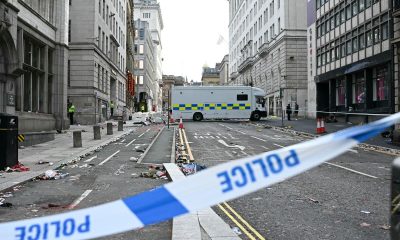
 International4 days ago
International4 days agoMan pleads not guilty in Liverpool parade incident that injured more than 130
-

 International4 days ago
International4 days agoMacron to announce new voluntary military service amid rising security concerns in Europe
-

 Central America3 days ago
Central America3 days agoTrump urges hondurans to back conservative candidate Nasry Asfura in november elections
-
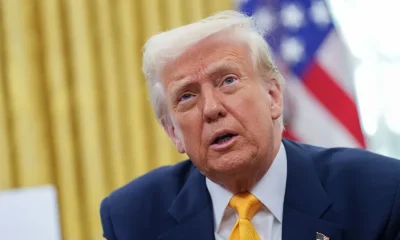
 Central America1 day ago
Central America1 day agoTrump Pardons Former Honduran President Hernández and Warns of Aid Cuts Ahead of Election
-

 International3 days ago
International3 days agoArchbishop Wenski criticizes Trump’s deportation policies, calls for stronger push for reform
-
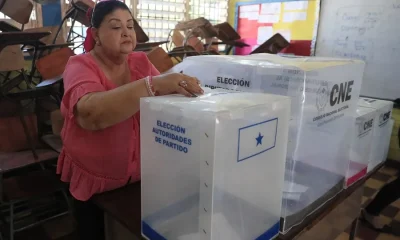
 Central America3 days ago
Central America3 days agoWashington calls for oversight as Honduras faces allegations of electoral interference
-

 International1 day ago
International1 day agoMeta Says Russia Seeks to Ban WhatsApp for Defending Secure Communication
-
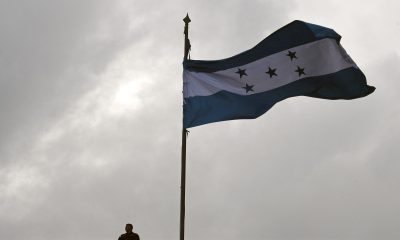
 Central America1 hour ago
Central America1 hour agoHonduras’ China–Taiwan Future Hinges on Sunday’s Presidential Election






























